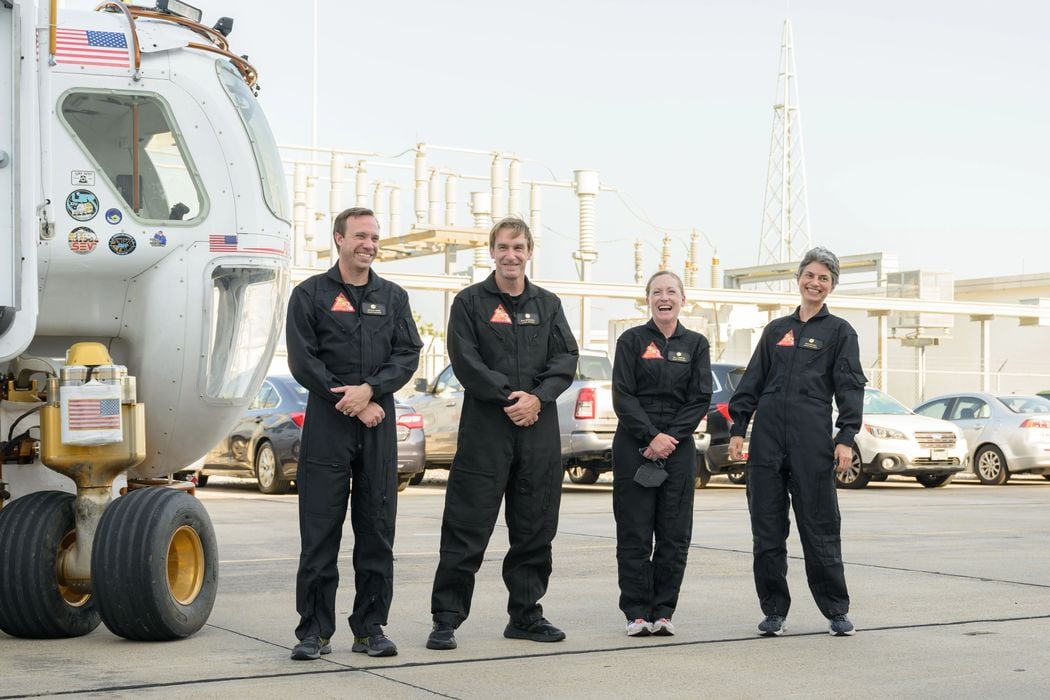
NASA announced a new call for volunteers to live in a 3D printed Mars habitat.
This is part of NASA’s ongoing Crew Health and Performance Exploration Analog “CHAPEA” program, in which would-be astronauts live within a structure designed to simulate a mars habitat. The program has been known for quite a while, but now they’re asking for volunteers for the second expedtion.
The habitat was 3D printed by ICON, one of the more notable construction 3D printing companies today. The habitat, called “Mars Dune Alpha” is 1700sf (160sm) in area, and is located in Houston at the Johnson Space Center.
The four-person crew will live within the structure for a one year period, and during that time everything will be as close as possible to what would actually happen in a real Mars habitat.
They must use only the supplies provided, and their day-night schedule will be on “Mars Time”, which is slightly longer than an Earth day. Even communications “with Earth” will have a delay corresponding to the light time delay between the real planets.
Why do this experiment? It’s all part of the exploration process. The simulation will almost certainly identify issues that would otherwise be encountered by real astronauts at a future Mars habitat. Mission designers try to think of everything, but there’s nothing like giving it a test to see what they missed.
Do you want to apply for this job? There are a number of requirements. NASA explains:
“NASA is looking for healthy, motivated U.S. citizens or permanent residents who are non-smokers, 30-55 years old, and proficient in English for effective communication between crewmates and mission control. Applicants should have a strong desire for unique, rewarding adventures and interest in contributing to NASA’s work to prepare for the first human journey to Mars.”
In addition, successful candidates will require at least a Master’s degree in a STEM discipline, or 1000 hours of aircraft piloting.
Oh yes, they will also pay you for your participation.
This expedition will be the second in the CHAPEA program; the first crew is pictured at top.
For some, this could be a thrilling expedition: being in a situation that is as close to living on another planet as possible. That’s something quite unique to put on the resume.
But the other thrill, at least for Fabbaloo readers might be the opportunity to live in a 3D printed habitat.
Via NASA
